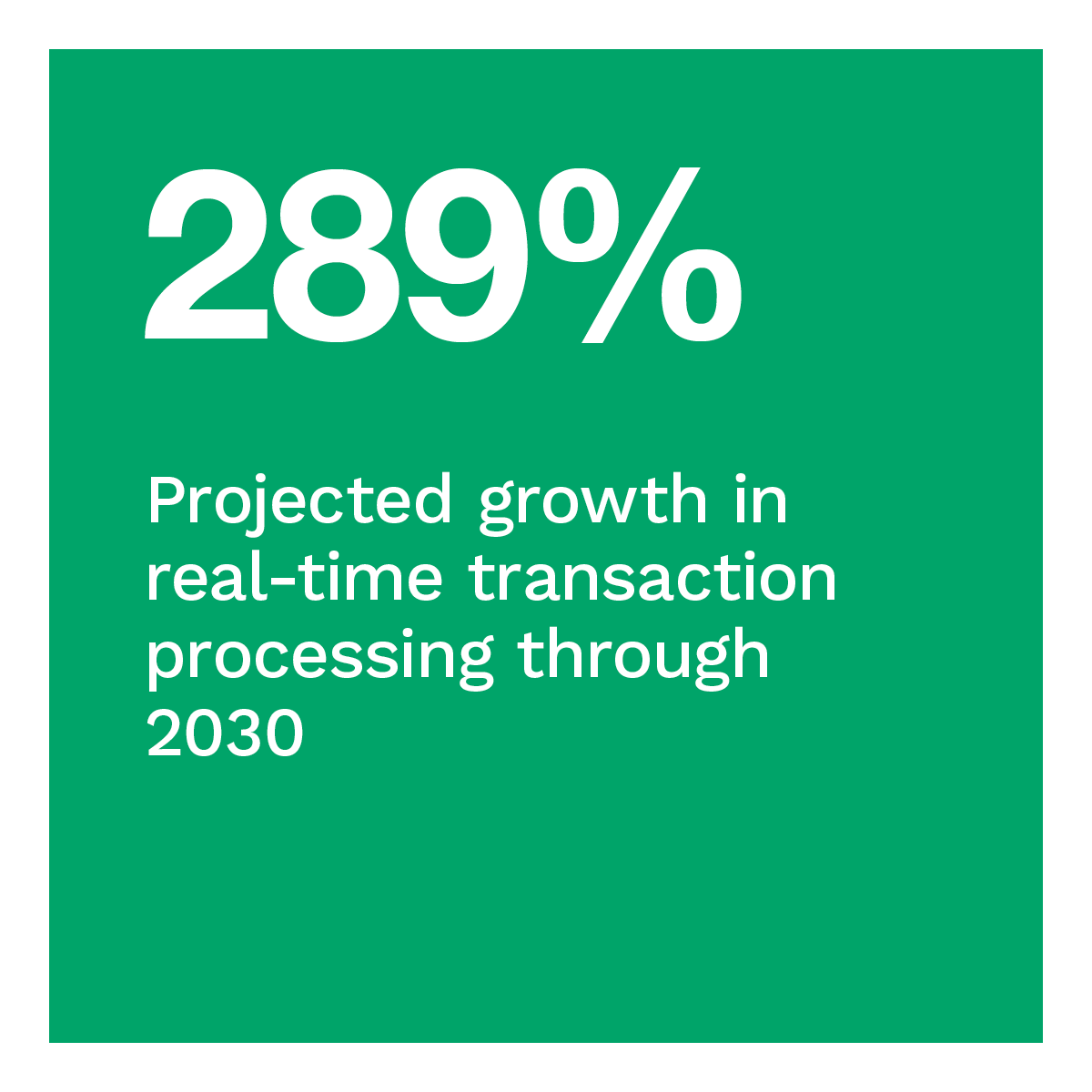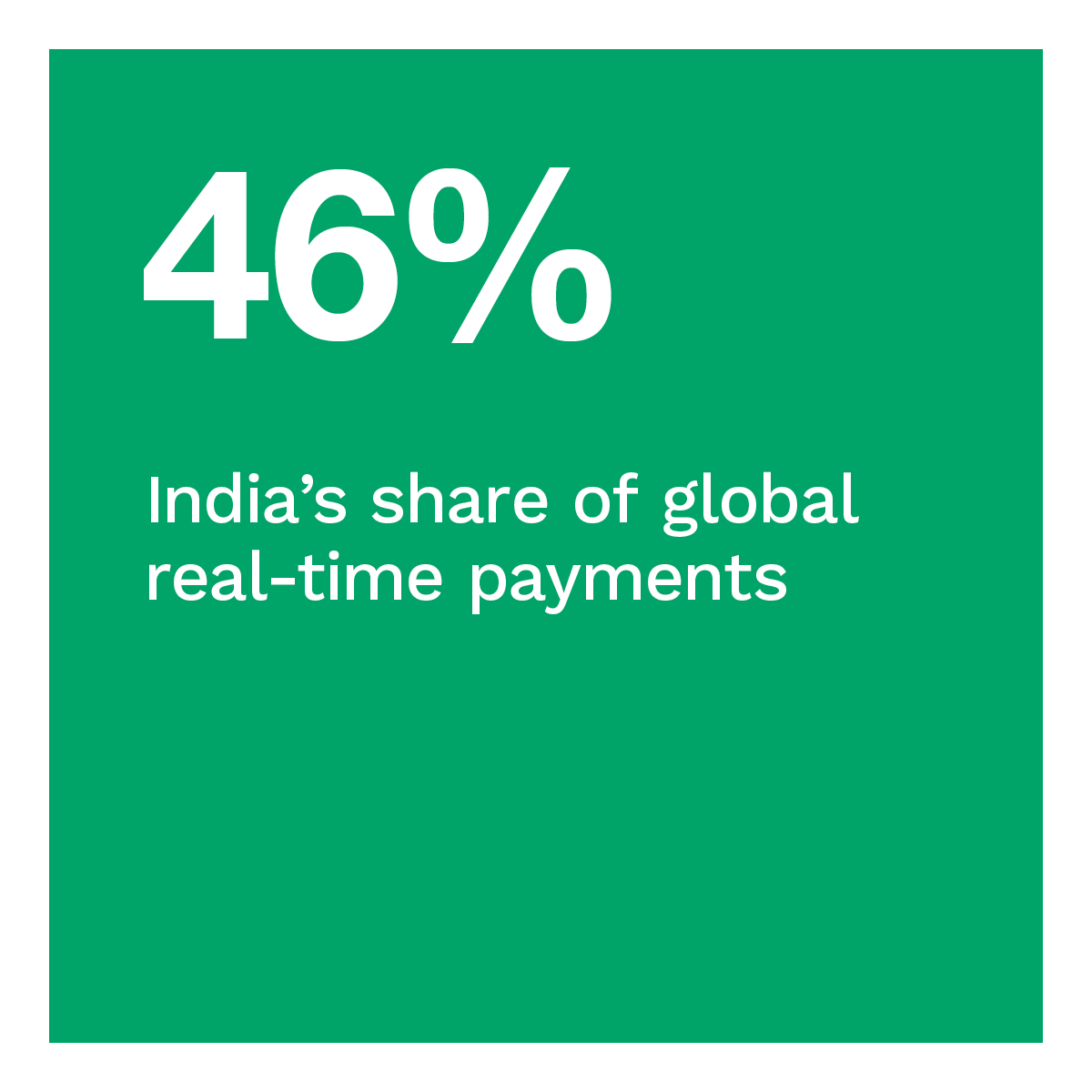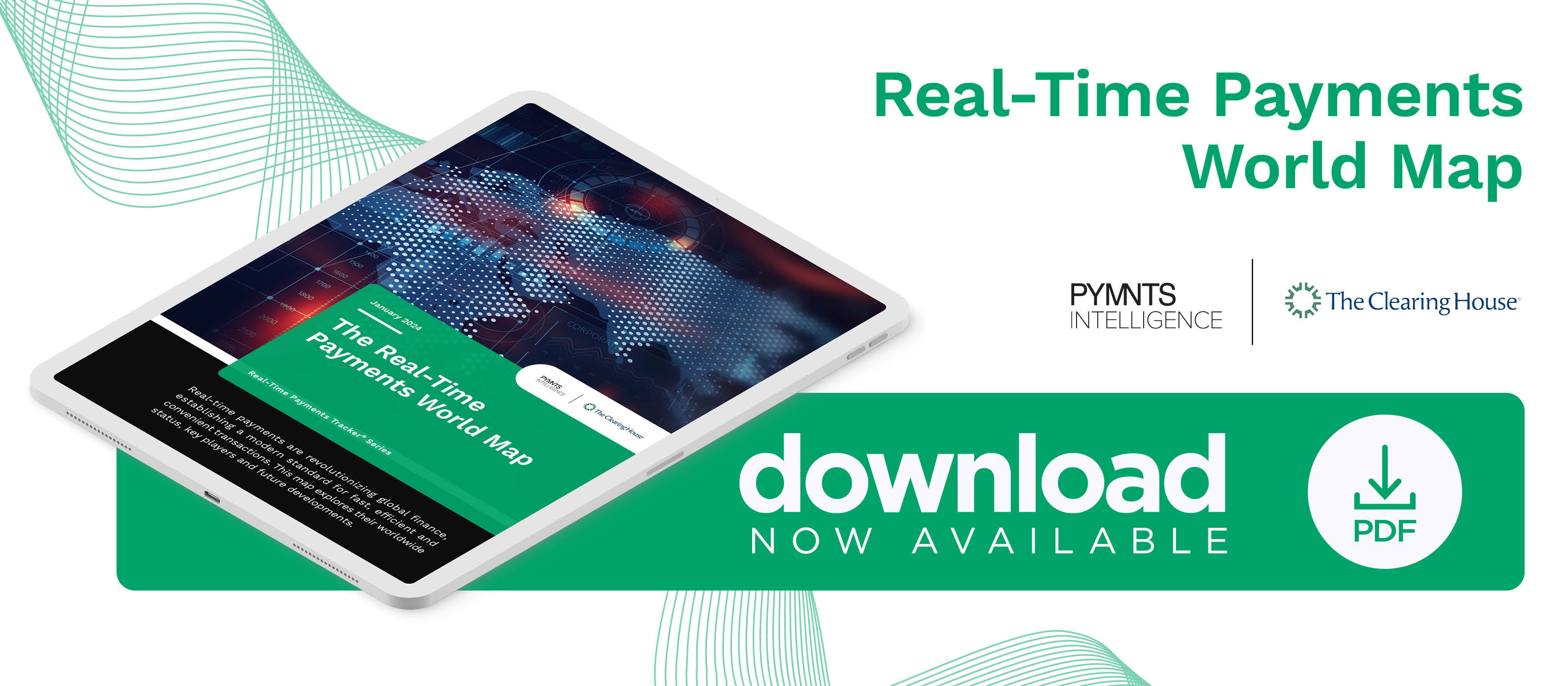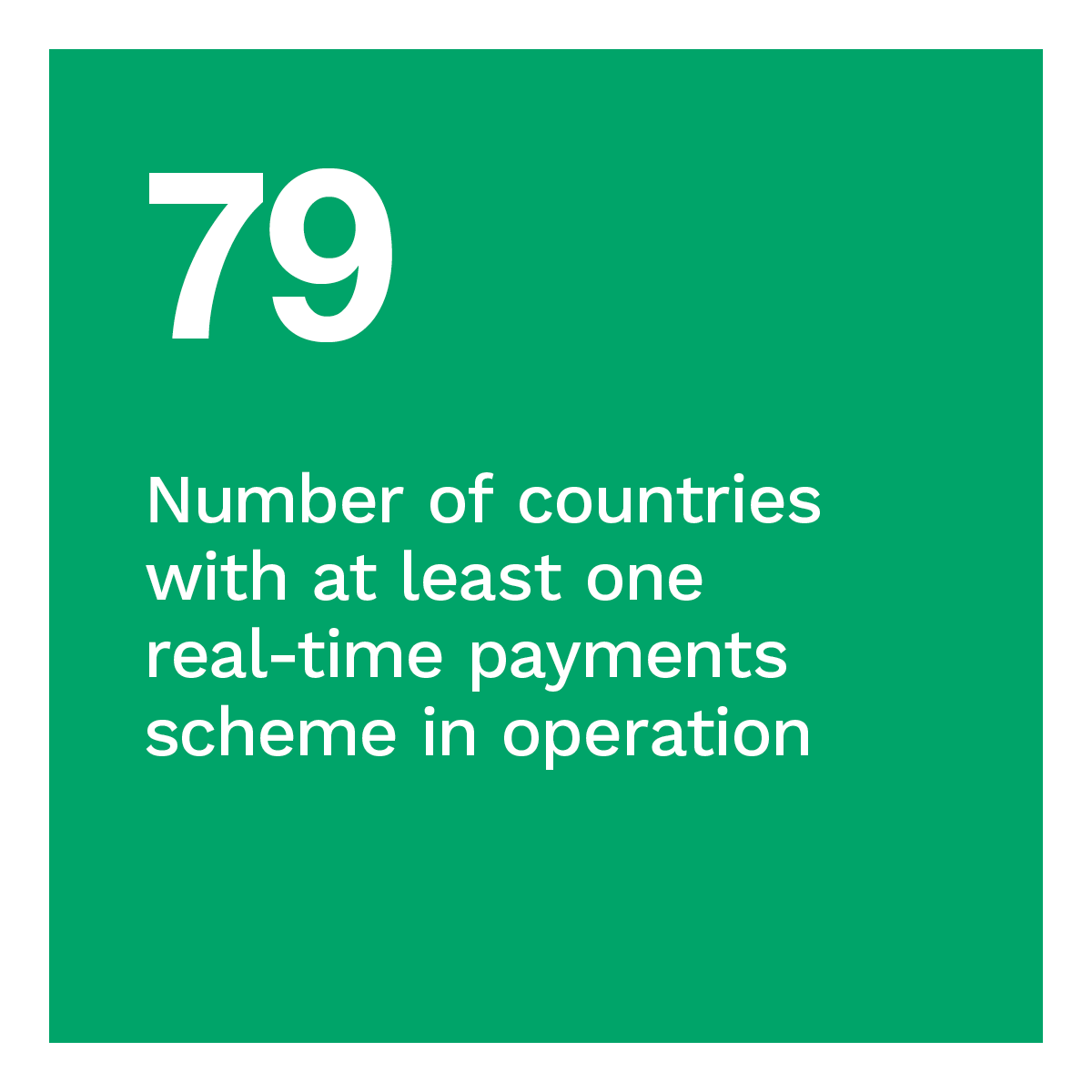Real-Time Payments Put Spotlight on Small Businesses as New Year Begins

As the new year begins, the global demand for faster, streamlined transactions continues to fuel the expansion of real-time payments worldwide. Countries are employing diverse approaches to developing, deploying and refining their instant payment systems to meet consumer needs.
Some nations, led by central banks and government regulators, have established government-driven instant transaction protocols. Others assign the task of developing payment infrastructures to independent firms.
Real-Time Payments in Mexico
Mexico, for instance, is letting the free market take the lead. ACI Worldwide recently partnered with FinTech Mexipay to deploy ISO 20022-compliant real-time payments and other services in Mexico. The entities expect the system to go live later this year. Fabian Uribe, co-founder and CEO of Mexipay, noted that the collaboration focuses on small and medium banks and merchants, a historically underserved segment regarding real-time transactions.
Innovation in the U.S.
The United States is also taking a private sector-first approach to these faster payments. A new player entered the scene in late 2023 when payments-as-a-service (PaaS) platform Melio launched a real-time payments option for small businesses. Historically, real-time rails are less common among these businesses, much like their counterparts in Mexico. Currently, real-time rails support 60% to 70% of business-to-business (B2B) transactions, but large businesses dominate this share. The launch of government-backed FedNow is expected to further bolster the real-time transaction capabilities for small to mid-sized businesses (SMBs).
Colombian Real-Time Payments Evolution
 Colombia, meanwhile, is forging ahead with a government-led approach to real-time payments. The country’s central bank, Banco de la República, recently introduced a new regulatory foundation for its first Single Payment Interface, mandating that payment companies can interface with each other rather than use proprietary protocols. This step is the first toward a nationwide real-time ecosystem, which will likely follow in the footsteps of Brazil’s highly successful Pix network.
Colombia, meanwhile, is forging ahead with a government-led approach to real-time payments. The country’s central bank, Banco de la República, recently introduced a new regulatory foundation for its first Single Payment Interface, mandating that payment companies can interface with each other rather than use proprietary protocols. This step is the first toward a nationwide real-time ecosystem, which will likely follow in the footsteps of Brazil’s highly successful Pix network.
These diverse approaches to real-time payment infrastructures are emblematic of the many systems deployed worldwide. There is no one-size-fits-all solution to instant payments everywhere, a lesson many countries have already learned and one that even more will discover as they roll out payment systems in 2024.
The “Real-Time Payments World Map,” a collaboration with The Clearing House, examines the state of real-time payments in countries around the world and how they compare to their counterparts.



